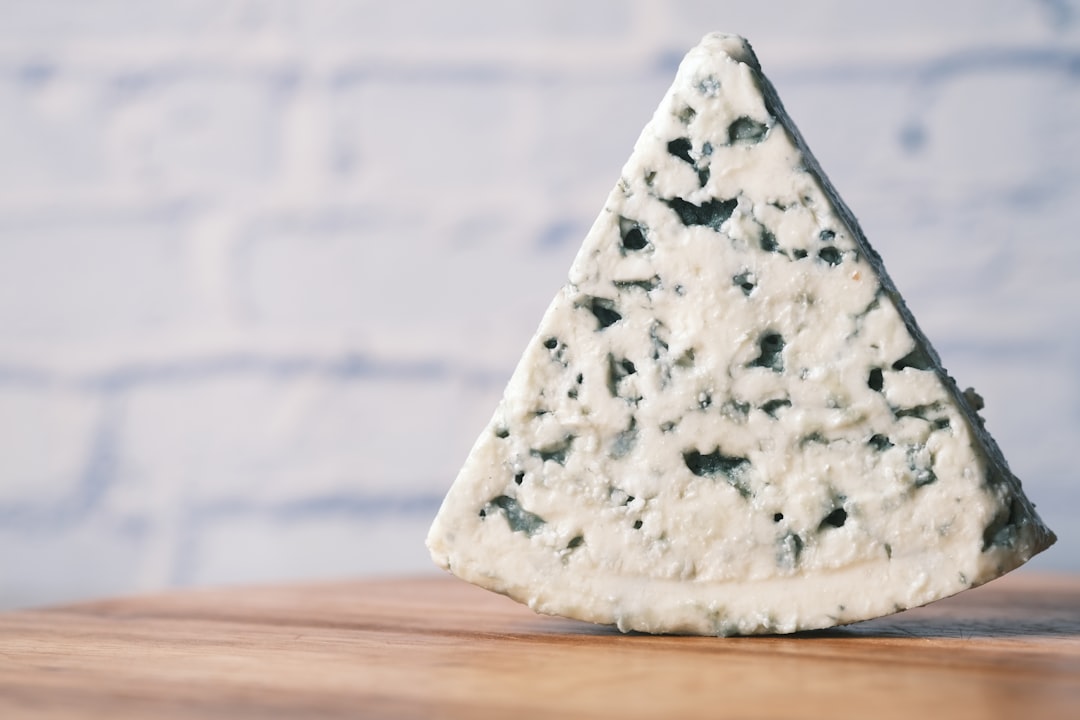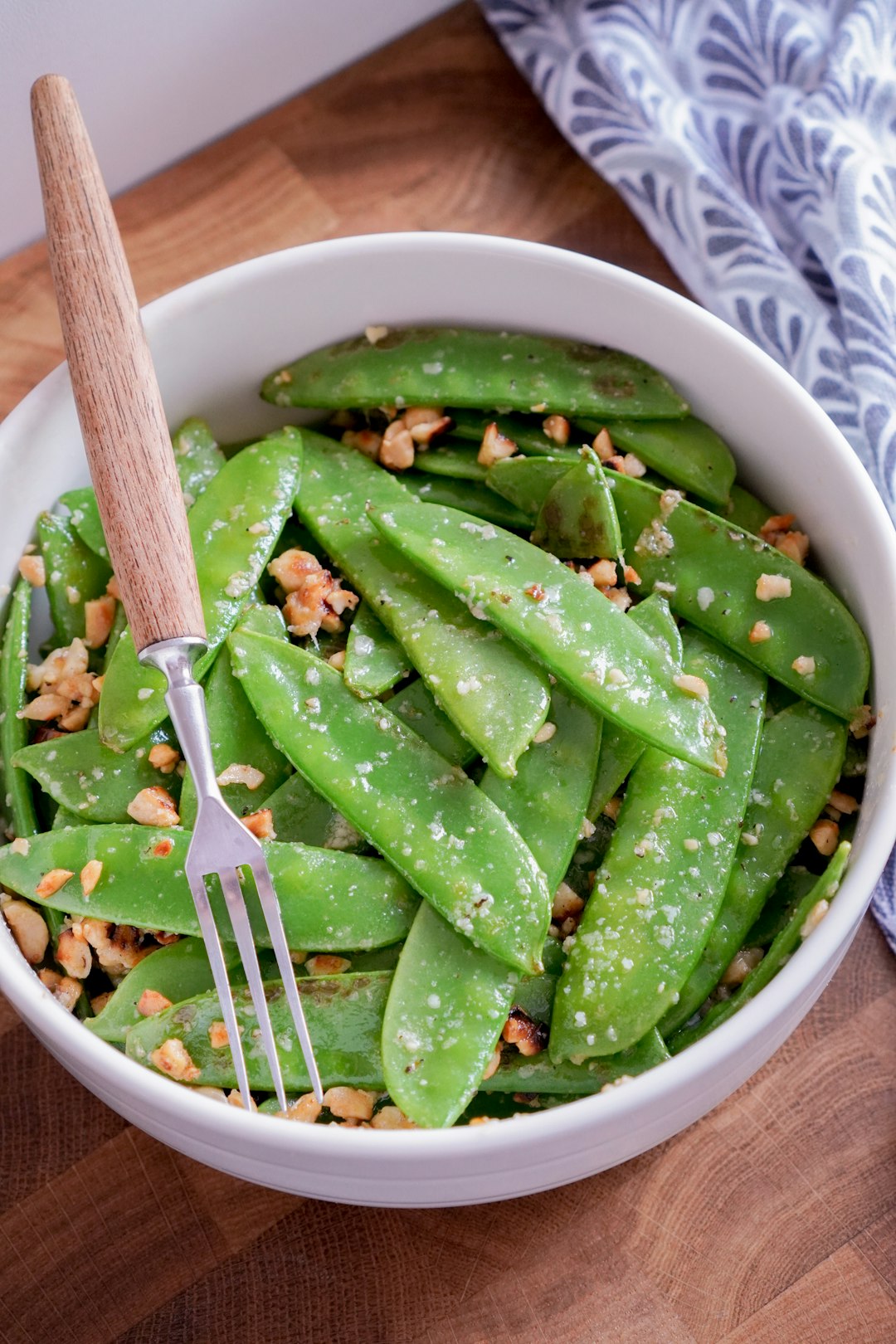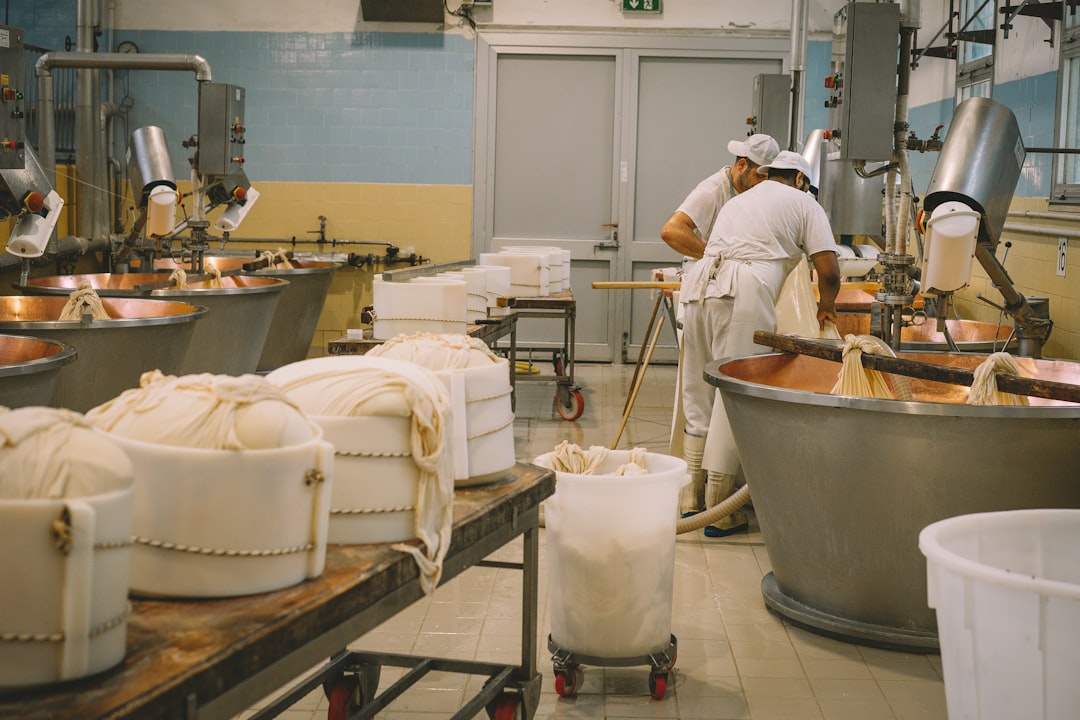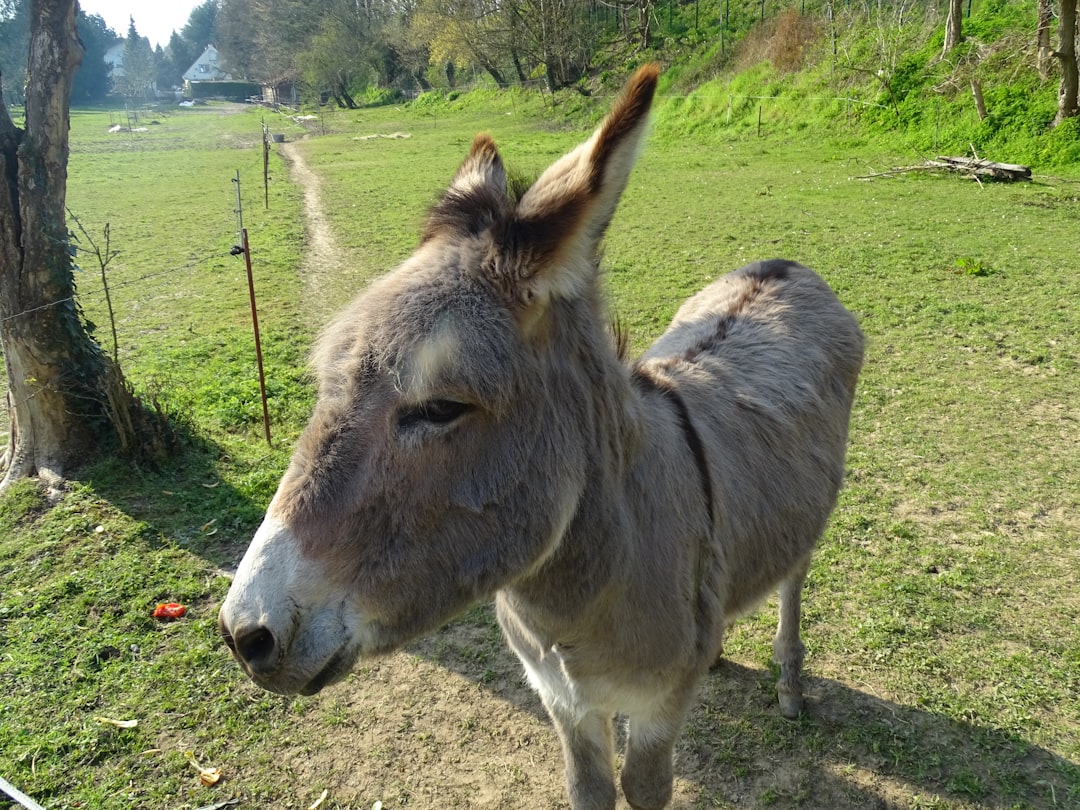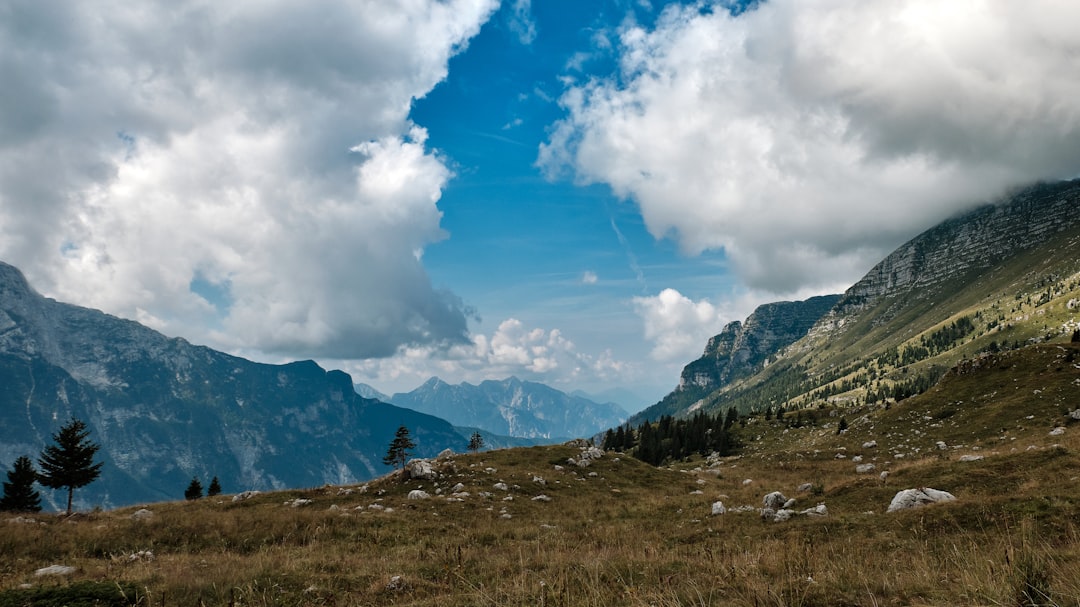Cheese
There are many varieties of cheese, each unique in its own peculiar way. Cheddar, Brie, Gouda, Feta, and Roquefort are just a few of the more popular varieties that most of us are familiar with. Made from the milk of cows, sheep, goats, or even buffalo, the flavor and texture of cheese can range from mild and creamy to sharp and crumbly depending on the type , age, and production process.
When it comes to making cheese, the process is far more intricate than many imagine. Cheese producers must meticulously curate the perfect formula of lactic acid, salt, fat, enzyme, and bacteria to ensure optimal flavor and consistency. It's a labor-intensive art form, requiring patience and skill to get just the right flavor.
In addition to the traditional varieties, cheese makers are experimenting more than ever before. From vegan cheese to artisanal blends, there are countless novel, creative recipes emerging every day. With all this choice, it's hard to know where to begin exploring the wonderful world of cheese.
No matter the variety, cheese can make a delicious and nutritious addition to any meal. Rich in protein and calcium, cheese can spice up a simple sandwich or even add a touch of elegance to a fancy dinner.
In short, cheese is perhaps the most versatile and delicious food in the world. So the next time you reach for the cheese board, why not sample something unexpected? You never know what taste sensation awaits!
Cheese dishes
A selection of Cheese dishes.
Burrata
Burrata is one of the most delectable dishes you will ever try. It is a cheese that is native to the Apulia region of Italy and is known for its creamy texture and delicate flavor. The cheese is made by taking soft, fresh mozzarella and wrapping it around a center of cream and curd. The taste is both subtle and complex, making it an ideal choice for those who appreciate subtlety in their dishes.
BurrataGorgonzola
The creamy and savory flavor profile of Gorgonzola is an opulent treat for any palate. This Italian blue cheese is unique amongst others, as it boasts a delicate balance between acidity and sweetness, resulting in a rich, substantial texture that is all too divine.
GorgonzolaMozzarella
Mozzarella is a cheese that has been tantalizing taste buds for centuries. It is creamy, soft and oh so delectable. Not only does it have a wonderful melty texture, its flavor is like a symphony of subtle complexities. From the sweetness of the milk and the hint of umami that lingers, to the earthy saltiness it possesses, Mozzarella will transport your taste buds to Italy with every bite.
MozzarellaGrana Padano
Grana Padano is a delectable Italian cheese that has been beloved by cheese connoisseurs and gourmands for centuries. Its unique flavor profile and texture make it the perfect accompaniment to everything from pastas and soups to salads and sandwiches.
Grana PadanoParmigiano Reggiano
Culinary connoisseurs and fledgling food fanatics alike have all heard of the titanic taste treat that is Parmigiano Reggiano. The incredibly popular cheese hails from the Italian region of Emilia-Romagna and showcases a delightful concoction of nutty, complex aromas and flavors that have made it the go-to gourmet cheese of choice.
Parmigiano ReggianoAsiago
Asiago is a cheese originating from the beautiful, Northern Italian region of Veneto. It's a semi-hard cheese that’s incredibly versatile: classic Asiago d'Allevo is aged for 90 days, and has a mild, nutty flavor and slightly springy texture, ideal for grating over pasta or risotto. The younger, fresher Asiago Pressato is a smooth cream cheese-like cheese best enjoyed on its own. And the versatile, piquant Asiago Stravecchio is aged for over a year, giving it a full-bodied flavor and crumbly texture--perfect for grating over salads or snacking on with crackers.
AsiagoPecorino romano
Ah, Pecorino Romano, the salty, sharp and savory cheese that has been tantalizing taste buds since long before the Roman empire. It is one of the oldest cheese varieties in existence, and for centuries has been a cherished culinary adornment for many Italian dishes. The irresistible flavor of the Pecorino Romano has often been described as nutty, with hints of grass, hay and earth. Beyond it's mesmerizing taste, it's appetite-inducing aroma is also noteworthy - imagine zesty notes of sheep's milk and spicy pepper blended into a pleasingly pungent scent.
Pecorino romanoToma
Ah the dish of Toma, it is a succulent feast to behold. From the spices to the herbs, this traditional dish brings out a brilliant array of flavors that tantalize your taste buds. But, one must never forget to appreciate the obscure ingredients as well as they bring out the uniqueness of the dish.
TomaRicotta salata
Ricotta salata is a deliciously unique Italian dish that has been gracing the palates of food aficionados for centuries. Famed for its piquant, salty flavor and creamy, crumbly texture, this dish packs a powerful punch and makes for a great addition to any meal.
Ricotta salataBel Paese
If you find yourself trekking through the idyllic Italian countryside, you may stumble across the culinary gem known as Bel Paese. This simple yet flavorful delight is one of the most beloved dishes in all of Italy, and contains a world of delightful flavors that continuously draw people in with every bite.
Bel PaeseCaprino
The quaintly named Caprino has been a staple of Italian cuisine for centuries, creating a tantalising blend of flavours that has become synonymous with Mediterranean flair. Even within Italy's varied culinary landscape, Caprino stands out for its unique combination of fresh ingredients and just the right amount of zest.
CaprinoPecorino sardo
If you're on the hunt for a cheesy delight that's sure to tantalize your taste buds, then look no further than Pecorino Sardo. This traditional Sardinian cheese has been around since ancient Roman times and still stands today as one of the most popular Italian cheeses. This hard-textured cheese is made from sheep’s milk, giving it a unique flavor that sets it apart from other Italian cheeses. It is cured for at least five months, giving it a nutty, sharp taste with a hint of sweetness.
Pecorino sardoAsino
The Asino dish is a unique culinary experience hailing from the Italian region of Arezzo. It's a delectable combination of pork, sausages, onion, tomato, and fennel that is simmered in a flavorful broth. The flavors of the ingredients coalesce to create an unforgettable culmination of taste and texture.
AsinoMote de queso
If you are a fan of trying unique dishes from afar, then mote de queso may be just the dish to tantalize your tastebuds. The Andean mountain dish hails from the South American country of Bolivia and will transport you to a world of unrivaled flavors and textures.
Mote de quesoPuzzone di Moena
The Puzzone di Moena is a unique and beloved mountain cheese from the South Tyrol region of Italy, so beloved in fact that a whole festival is held every year in its honour. The cheese itself is an aged cow’s milk cheese that has been produced in the Dolomite Mountains for centuries. It is named ‘Puzzone’, which literally translates as ‘stinky cheese’, due to its pungent aroma, but don’t let this deter you - the taste of the cheese is incomparable and incredibly moreish.
Puzzone di MoenaCheese
Cheese is a culinary delight that has fermented to perfection, no matter the variety or flavor profile. As an ingredient, it adds a comforting, creamy texture and a distinctively rich flavor, which is why it's often used as an accompaniment, filling, or base for a myriad of dishes.
It’s hard to imagine any appetizing course without cheese. Pasta dishes such as lasagne, ravioli and macaroni and cheese just wouldn't be the same without it, while traditional French dishes such as croque-monsieur, quiche Lorraine and fondue can’t even exist without cheese.
The fact that cheese is so versatile makes it one of the most essential ingredients in a cook’s arsenal. It pairs nicely with many food items, from roasted vegetables to cured meats, and can add an extra layer of flavor to any dish. Its mild flavor and creamy texture also make it a perfect accompaniment to sweet treats like fruit pies and tarts.
Cheese is also full of nutritional value, providing the body with many essential vitamins and minerals. Low in fat and saturated fat, cheese is also an excellent source of protein and calcium, helping to keep bones and teeth strong, aiding in muscle growth, and increasing overall energy levels.
But perhaps the best part about cheese is its ability to transform ordinary dishes into extraordinary meals. Take, for instance, portobello mushroom burgers: by adding a slice of provolone cheese, the burger is instantly elevated with a melty, cheesy topping that everyone loves. Cheddar and Parmesan are both favorites when it comes to soup toppings, while ricotta and mascarpone add sweetness and creaminess to desserts.
No matter how you use it, cheese is always an excellent addition to any dish. Ratatouille and pizza would be incomplete without it, while fondue and grilled cheese sandwiches wouldn’t be possible without it. With so many varieties to choose from, there’s a cheese out there for every palate, making it no wonder why it’s one of the most beloved ingredients around.
History of Cheese
Cheese is one of the most delicious and versatile foods enjoyed across the globe. It's hard to imagine life without the delightful taste and flavor combination of cheese, but for a long time, this beloved food remained unenjoyed. To trace the origin of cheese, we must delve into antiquity, where it was discovered by clever agrarian scientists.
Cheesemaking dates back thousands of years, making it an ancient culinary art. Archaeological evidence suggests that the practice of cheese making began around 8000 BCE, likely in the Fertile Crescent region. It's posited that this discovery may have been accidental; organic matter such as rennet, which was used to curdle milk, was likely found in packages filled with the stomachs of slaughtered animals. This piquant concoction was then placed into a container and left to ferment, and -- voila! Cheese was born.
These ancient cheesemakers would use many of the same processes that are still employed today. Milk from cows, goats, and sheep were heated and combined with other ingredients to create all sorts of flavorsome variations. From soft and mild, to sharp and salty, cheesemakers experimented to find their perfect concoction.
Though the origin of cheese remains a widely-debated topic, one thing is certain: cheese has become a beloved culinary staple, with a vast variety of varieties to choose from. From Cheddar to Brie, Parmesan to Swiss, cheese remains one of the most ubiquitous foods in the world and is sure to delight our taste buds for years to come.


